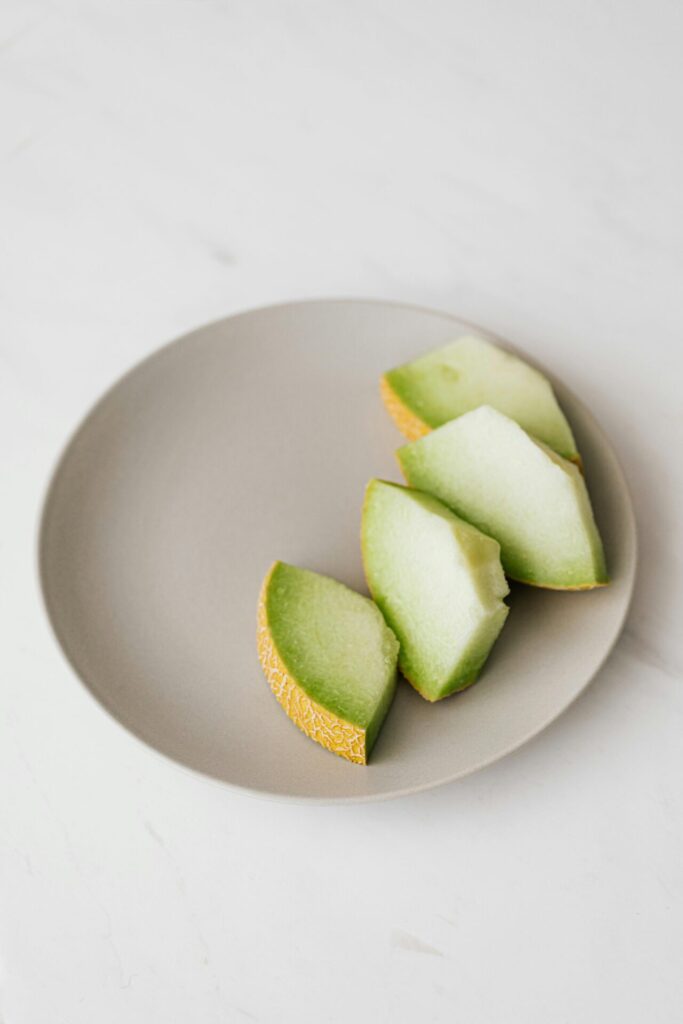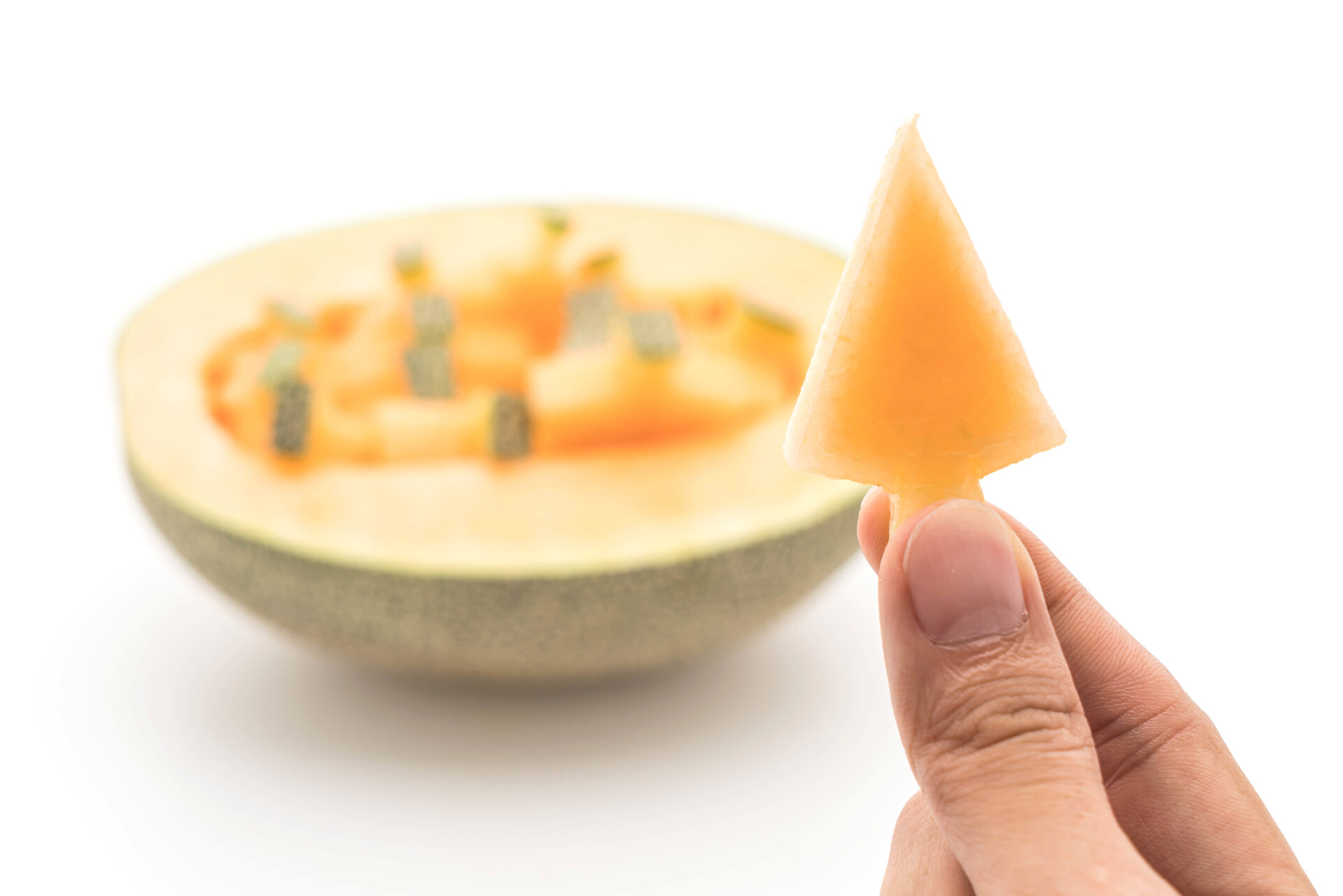Mastering Portion Control for Weight Loss: A Practical Guide to Eating Smart Without Deprivation
Contents
- 1 Mastering Portion Control for Weight Loss: A Practical Guide to Eating Smart Without Deprivation
- 1.0.0.0.0.1 Read DISCLAIMER
- 1.0.0.0.0.2 The material presented here is for general informational and educational purposes only and is not medical advice. Although we attempt to provide current and accurate information, this blog should not be used as a replacement for professional medical consultation, diagnosis, or treatment. In all cases, consult your physician or an accredited medical practitioner with regards to any medical condition or treatment. Do not ignore professional medical advice or wait for it on the basis of information provided by this blog. In a medical emergency, call emergency services immediately.
- 1.1 Introduction: Why Portion Control Matters More Than You Think
- 1.2 Understanding Portion Control: More Than Just Smaller Plates
- 1.3 The Science Behind Portion Control and Weight Loss
- 1.4 Why People Struggle With Portion Control
- 1.5 The Psychology of Mindful Eating
- 1.6 How Portion Control Differs from Restrictive Dieting
- 1.7 Practical Tips to Master Portion Control
- 1.8 Common Myths About Portion Control
- 1.9 The Role of Emotions in Portion Sizes
- 1.10 Portion Control for Long-Term Success
- 1.11 Conclusion: Eating Smarter, Not Less
- 1.12 FAQs with Answers
Master portion control for weight loss with practical tips, mindful eating, and balanced habits that help you lose weight without deprivation.
Read DISCLAIMER
The material presented here is for general informational and educational purposes only and is not medical advice. Although we attempt to provide current and accurate information, this blog should not be used as a replacement for professional medical consultation, diagnosis, or treatment. In all cases, consult your physician or an accredited medical practitioner with regards to any medical condition or treatment. Do not ignore professional medical advice or wait for it on the basis of information provided by this blog. In a medical emergency, call emergency services immediately.
Introduction: Why Portion Control Matters More Than You Think
When most people think about losing weight, their minds immediately jump to strict diets, cutting out favorite foods, or spending endless hours at the gym. But here’s the surprising truth — sometimes it’s not what you eat, but how much you eat that makes the biggest difference. Portion control is one of the most underrated yet powerful strategies for weight loss. Unlike restrictive dieting, which often leaves you feeling deprived, portion control teaches you how to enjoy your meals, savor your favorite foods, and still create a calorie balance that helps you shed extra pounds naturally.
Think of it this way: eating half a pizza in one sitting isn’t the same as enjoying one or two slices with a fresh side salad. Both satisfy your cravings, but only one supports your health goals. Portion control is not about punishment or denial. It’s about reclaiming balance, listening to your body, and building habits that last a lifetime.
In this guide, we’ll explore what portion control really means, how it influences weight loss, the psychology behind overeating, and practical tips to help you master it without feeling restricted.

Understanding Portion Control: More Than Just Smaller Plates
Many people confuse “portion size” with “serving size.” While serving size is the standardized amount listed on food labels, portion size is the actual amount you choose to eat in one sitting. For example, the label might say that a serving of cereal is one cup, but your portion could easily be two or three cups if you fill the bowl without thinking.
Portion control helps bridge the gap between how much food your body truly needs and how much your eyes convince you to pile onto your plate. This awareness doesn’t just help you reduce calories — it also restores a healthy relationship with food, preventing guilt and binge cycles.
It’s not about eating tiny meals that leave you starving. Instead, it’s about finding the sweet spot where your portions fuel your body, satisfy your taste buds, and still leave room for long-term weight management.
The Science Behind Portion Control and Weight Loss
Weight loss is ultimately about creating a calorie deficit — burning more calories than you consume. But counting every calorie can be exhausting and unrealistic for most people. Portion control simplifies the process by naturally reducing calorie intake without obsessive tracking.
Our stomachs are designed to expand and contract depending on the amount of food we eat. Over time, consistently large portions condition your stomach and brain to expect more food. This is why eating until you feel “stuffed” becomes a habit, even when your body doesn’t need that much energy.
By practicing portion control, you re-train your hunger signals. Smaller, balanced meals start to feel satisfying again, and your body adjusts to a healthier intake. Research has shown that reducing portion sizes can cut daily calorie intake significantly, leading to steady and sustainable weight loss over time.
Why People Struggle With Portion Control
If portion control is so effective, why do so many people find it difficult? The answer lies in a mix of psychological, cultural, and biological factors.
One big challenge is visual cues. Large plates, oversized bowls, and restaurant servings distort our perception of what a “normal” meal should look like. In fact, studies have shown that people consistently eat more when given bigger containers, often without realizing it.
Emotional eating also plays a role. Stress, boredom, or even social gatherings can push people to eat more than they need. Food marketing further complicates things, with “family-size” snacks and supersized meals normalizing excess consumption.
Portion control requires breaking free from these influences and learning to tune back into your body’s natural hunger and fullness signals.
The Psychology of Mindful Eating
One of the most powerful tools for mastering portion control is mindfulness. Eating mindfully means slowing down, paying attention to flavors, textures, and how your body feels as you eat. This shift reduces the tendency to eat on autopilot, which often leads to overeating.
Imagine sitting down with a bowl of pasta. Instead of shoveling forkfuls while distracted by a screen, you savor each bite, notice the seasoning, and pause to check whether you’re satisfied before reaching for more. This not only makes meals more enjoyable but also gives your brain the time it needs to register fullness.
Mindfulness transforms eating from a rushed routine into an intentional act of nourishment and pleasure. It’s one of the simplest yet most profound ways to naturally reduce portions without feeling deprived.

How Portion Control Differs from Restrictive Dieting
It’s easy to confuse portion control with restrictive dieting, but the two are worlds apart. Restrictive diets often label foods as “good” or “bad,” forcing you to eliminate entire categories. While this may lead to short-term results, it’s rarely sustainable and often backfires into bingeing once willpower runs out.
Portion control, on the other hand, allows all foods in moderation. Craving chocolate cake? You can enjoy a slice without guilt — just not the entire cake. This flexibility makes portion control sustainable for the long haul. It’s less about rules and more about balance. That’s why many people find they can maintain portion control habits long after they’ve abandoned strict diets.
Practical Tips to Master Portion Control
While there are no “rules” set in stone, several strategies make portion control easier. Using smaller plates and bowls can trick the brain into feeling satisfied with less. Pre-portioning snacks instead of eating straight from the bag prevents mindless overeating. Measuring foods occasionally helps you recalibrate your sense of what’s “enough.”
Another key tip is to load your plate with vegetables and lean proteins first. These foods are nutrient-dense, filling, and naturally lower in calories, helping balance portions of heavier items like pasta or fried foods.
Eating slowly, drinking water before meals, and paying attention to hunger cues are simple yet powerful steps. Over time, these small changes add up, transforming portion control into second nature.
Common Myths About Portion Control
One common myth is that portion control leaves you hungry all the time. In reality, when done right, it emphasizes nutrient-rich foods that provide lasting fullness. Another misconception is that portion control is too complicated. But unlike calorie counting, which requires apps and meticulous logging, portion control is more intuitive once you learn to recognize balanced portions.
Some people also assume portion control means eating tiny meals forever. That’s not true either. The goal isn’t to restrict but to restore balance, allowing you to enjoy both indulgent treats and nourishing meals in harmony.
The Role of Emotions in Portion Sizes
Food isn’t just fuel — it’s also deeply tied to emotions, traditions, and memories. Birthday cakes, family dinners, and holiday feasts often center around eating more than usual. While there’s nothing wrong with occasional indulgence, the problem arises when emotional eating becomes the norm.
Stress can be particularly harmful. Many people turn to food for comfort, leading to portions that far exceed physical hunger. Recognizing these patterns is the first step. Once you’re aware, you can find healthier outlets for emotions — like movement, journaling, or connecting with a friend — instead of automatically reaching for extra servings.

Portion Control for Long-Term Success
The beauty of portion control is that it isn’t a quick fix but a lifestyle shift. Unlike fad diets, which often collapse under the weight of strict rules, portion control is adaptable to every culture, cuisine, and personal preference.
It allows you to eat with flexibility while still moving toward your goals. Over time, these small daily choices accumulate into lasting change, not just in your body but also in your mindset around food.
The real secret? Portion control is about empowerment. It gives you the tools to make conscious decisions instead of letting old habits or external cues dictate your eating patterns.
Conclusion: Eating Smarter, Not Less
Portion control is not about shrinking your meals into joyless bites. It’s about eating smarter, listening to your body, and finding balance that aligns with your goals. It’s the difference between constantly dieting and finally achieving freedom with food.
When you embrace portion control, weight loss becomes less of a battle and more of a natural outcome of honoring your body’s needs. It’s not a punishment but a gift — one that helps you enjoy your meals, feel more energized, and build a healthier relationship with food for life.
So the next time you sit down at the table, remember this: your portion size can be the bridge between where you are today and the healthier version of yourself you’re working toward. And the best part? You don’t have to give up the foods you love to get there.
FAQs with Answers
- What does portion control mean in weight loss?
Portion control means managing the amount of food you eat in one sitting, rather than eliminating foods completely. It helps reduce excess calories while still allowing you to enjoy your favorite meals, making weight loss more sustainable. - Can portion control alone help me lose weight?
Yes, portion control can create a natural calorie deficit without the need for strict diets. By eating the right amounts, your body consumes fewer calories, which supports steady and long-term weight loss. - How is portion control different from calorie counting?
Calorie counting involves tracking every bite, while portion control is more intuitive. It focuses on understanding and managing how much food you put on your plate, making it easier to practice daily without apps or calculations. - Does portion control mean I have to give up my favorite foods?
Not at all. Portion control allows you to enjoy your favorite foods in moderation. Instead of cutting them out, you simply eat smaller amounts, which keeps you satisfied without derailing your progress. - Why do people tend to overeat large portions?
Overeating often happens because of larger plates, restaurant servings, emotional eating, and marketing that normalizes oversized portions. Our brains are easily influenced by visual cues that trick us into eating more than we need. - How can I practice portion control at home?
At home, you can use smaller plates, pre-portion snacks, and focus on eating slowly. Filling your plate with vegetables and lean proteins first also helps control portions of higher-calorie foods like fried items or desserts. - Is portion control the same as restrictive dieting?
No, restrictive dieting often bans certain foods, while portion control allows all foods in moderation. It’s about balance rather than deprivation, making it more sustainable in the long run. - Can portion control help with emotional eating?
Yes, portion control paired with mindful eating can help manage emotional eating. By becoming more aware of hunger cues versus emotional cravings, you learn to stop when you’re satisfied instead of eating to cope with feelings. - Does portion control leave you feeling hungry?
When practiced correctly, portion control doesn’t leave you hungry. By focusing on nutrient-rich foods like vegetables, whole grains, and proteins, you stay fuller longer even with smaller portions. - What role does mindfulness play in portion control?
Mindfulness helps you slow down, savor each bite, and notice when you’re satisfied. This prevents overeating, as your brain has time to register fullness before you consume too much. - How does portion size affect metabolism?
Consistently eating oversized portions can overload your digestive system and lead to fat storage. Balanced portions support healthy digestion, steady energy, and better metabolic efficiency. - Is portion control effective for long-term weight management?
Yes, portion control is one of the most effective long-term strategies. It’s adaptable, flexible, and doesn’t require cutting out entire food groups, making it easier to stick with for life. - Can portion control work without exercise?
While exercise enhances weight loss and overall health, portion control alone can reduce calorie intake and promote weight loss. Combining both, however, gives the best results for fitness and well-being. - How do I know the right portion size for me?
The right portion size depends on factors like age, activity level, and hunger cues. Over time, listening to your body and practicing mindful eating helps you naturally identify the portions that satisfy you without overeating. - Can portion control improve my relationship with food?
Absolutely. Portion control teaches balance rather than restriction, helping you enjoy food without guilt. It creates freedom from dieting rules and encourages a healthier, more positive mindset toward eating.

Interesting points! Seeing platforms like jl boss game really push tech forward-security & seamless play are key. It’s cool how they’re focusing on the SEA market with innovative live dealer options too! Definitely a shift in online gaming.
Really interesting read! Seeing platforms like jl boss link push boundaries with tech & security is great for players. Seamless experiences & trust are key – exciting to see innovation in the Philippines! ✨
I have not checked in here for a while as I thought it was getting boring, but the last several posts are great quality so I guess I will add you back to my everyday bloglist. You deserve it my friend 🙂
Interesting take on maximizing returns! Quick registration with jiligames app casino seems key for fast action. Streamlined gameplay & instant payouts are a big plus for any strategy. Good article!
**mind vault**
mind vault is a premium cognitive support formula created for adults 45+. It’s thoughtfully designed to help maintain clear thinking
It’s fascinating how online platforms are blending culture with tech! Seeing 365jl casino app embrace Filipino traditions alongside modern gaming is a smart move. Risk assessment is key – responsible play always first, right? 🤔
**sugarmute**
sugarmute is a science-guided nutritional supplement created to help maintain balanced blood sugar while supporting steady energy and mental clarity.
**gl pro**
gl pro is a natural dietary supplement designed to promote balanced blood sugar levels and curb sugar cravings.
Scratch cards are such a fun, quick thrill! It’s cool to see platforms like jl boss app casino offering that energy with slots & more. Becoming a “Boss” sounds like a fun challenge – gotta check out their VIP perks! 😉
**vitta burn**
vitta burn is a liquid dietary supplement formulated to support healthy weight reduction by increasing metabolic rate, reducing hunger, and promoting fat loss.
**prodentim**
prodentim an advanced probiotic formulation designed to support exceptional oral hygiene while fortifying teeth and gums.
**glucore**
glucore is a nutritional supplement that is given to patients daily to assist in maintaining healthy blood sugar and metabolic rates.
**sleep lean**
sleeplean is a US-trusted, naturally focused nighttime support formula that helps your body burn fat while you rest.
**synaptigen**
synaptigen is a next-generation brain support supplement that blends natural nootropics, adaptogens
**prostadine**
prostadine is a next-generation prostate support formula designed to help maintain, restore, and enhance optimal male prostate performance.
**nitric boost**
nitric boost is a dietary formula crafted to enhance vitality and promote overall well-being.
**wildgut**
wildgutis a precision-crafted nutritional blend designed to nurture your dog’s digestive tract.
**mitolyn**
mitolyn a nature-inspired supplement crafted to elevate metabolic activity and support sustainable weight management.
**zencortex**
zencortex contains only the natural ingredients that are effective in supporting incredible hearing naturally.
**yusleep**
yusleep is a gentle, nano-enhanced nightly blend designed to help you drift off quickly, stay asleep longer, and wake feeling clear.
**breathe**
breathe is a plant-powered tincture crafted to promote lung performance and enhance your breathing quality.
**pineal xt**
pinealxt is a revolutionary supplement that promotes proper pineal gland function and energy levels to support healthy body function.
**energeia**
energeia is the first and only recipe that targets the root cause of stubborn belly fat and Deadly visceral fat.
**prostabliss**
prostabliss is a carefully developed dietary formula aimed at nurturing prostate vitality and improving urinary comfort.
**boostaro**
boostaro is a specially crafted dietary supplement for men who want to elevate their overall health and vitality.
**potent stream**
potent stream is engineered to promote prostate well-being by counteracting the residue that can build up from hard-water minerals within the urinary tract.
**hepato burn**
hepato burn is a premium nutritional formula designed to enhance liver function, boost metabolism, and support natural fat breakdown.
**hepato burn**
hepato burn is a potent, plant-based formula created to promote optimal liver performance and naturally stimulate fat-burning mechanisms.
**flowforce max**
flowforce max delivers a forward-thinking, plant-focused way to support prostate health—while also helping maintain everyday energy, libido, and overall vitality.
**prodentim**
prodentim is a forward-thinking oral wellness blend crafted to nurture and maintain a balanced mouth microbiome.
**cellufend**
cellufend is a natural supplement developed to support balanced blood sugar levels through a blend of botanical extracts and essential nutrients.
**neurogenica**
neurogenica is a dietary supplement formulated to support nerve health and ease discomfort associated with neuropathy.
**revitag**
revitag is a daily skin-support formula created to promote a healthy complexion and visibly diminish the appearance of skin tags.